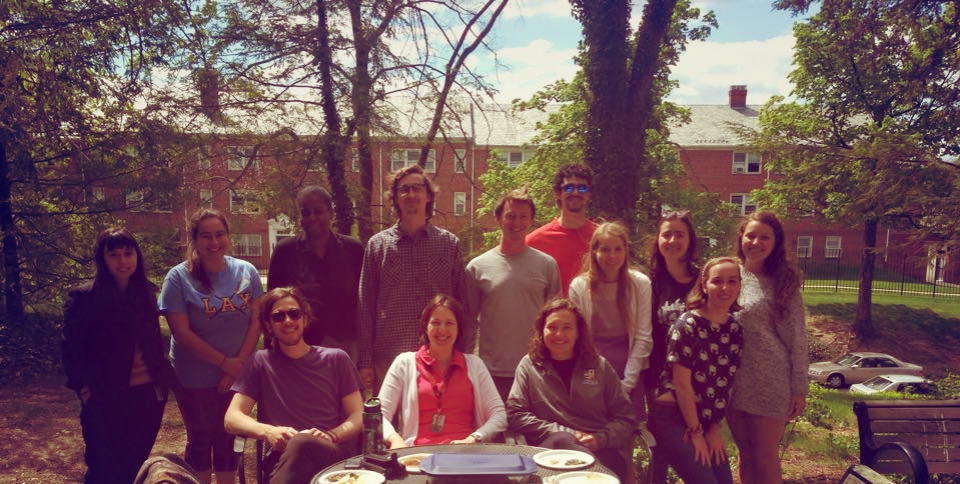Growing up in the Chesapeake Bay watershed, I witnessed the effects of climate change and pollution directly. Every year, I saw tides of the Miles River creep closer and closer to my doorstep; I witnessed shorelines being washed away; I sat and listened as teachers, skipjacks, and waterman talked about the number of dead zones in the Bay rising, and the number of oysters diminishing; and I watched defenselessly as the unique cultures of Smith, Tangier, and Poplar Island progressively wash away. I knew there needed to be change, and Loyola’s campus seemed like a good place to start.
I began taking action on energy issues through a club I had been a part of since my freshman year, Loyola University Maryland’s Environmental Action Club.
This past school year, Loyola University Maryland’s Environmental Action Club has been pressuring our President, Father Brian Linnane, to sign the American College & University Presidents’ Climate Commitment. By signing, Loyola would be agreeing to go climate neutral and have two years to make a carbon neutrality plan. We also asked that the first step be purchasing 15% of the University’s energy from renewable sources starting this summer when the energy contracts are renewed.
Last year, Loyola's EAC presented this commitment to Father Linnane along with about 500 signatures from students, faculty, and administration. Father Linnane pushed aside student and faculty concerns and said to ‘wait and come back in the fall’ claiming it was too late in the school year to take action.
So at the start of this year, I emailed Father Linnane to see if now could be the time to commit to going climate neutral by 2020, 2025, or even 2030. It took him months to respond. He finally got back to us on Christmas Eve, he said no…again. This time we took it up a notch.
Just getting people to sign their name was not going to cut it. Instead, we had people write why sustainability at Loyola matters to them, and then, sign their name. This showed that people were taking more than two or three seconds to sign their name on a piece of paper. They were taking time to think about why they cared.
On top of this, some students, faculty, and administrators wrote full letters explaining why sustainability at Loyola matters to them and why it is important that Father Linnane sign the American College & University Presidents’ Climate Commitment. For Earth Week 2015, we submitted over 450 of these letters, with the last letters being submitted on Earth Day by a large group of students. Unfortunately, he did not show up to receive the letters, but at least we filled up his office!
Last week, I received an email response from Father Linnane. Again, he said no. He said that, while the University is already doing the majority of the requirements of the Commitment, he cannot fully commit to all that is required of the University if he were to sign the document. He did not mention anything about the 15% renewable energy.
Father Linnane denied my request to meet with him before my graduation over this past weekend, but did agree that the Interim President, Dr. Susan Donovan, who will take Father Linnane’s place during his six month sabbatical starting this summer, will be more than happy to meet with Alex Torres, the next Environmental Action Club President, in the Fall.
Our next step is to propose a signing of the Catholic Climate Covenant. While this does not mean as much work on the University’s part, it still means that they will be taking a stance on Environmental issues that we must address.
My hope is that Father Linnane, or Dr. Susan Donovan, will sign the Catholic Climate Covenant; the Environmental Action Club will continue its growing presence on campus in order to create a culture shift within our student body’s mindset and an energy shift in our University for 100% clean energy; and that I will not see the complete disappearance of Smith, Tangier, and Poplar Islands within my lifetime.
I will end with one of my favorite quotes. There is a Greek Proverb that says: “Society grows great when old men plant trees whose shade they know they will never sit in.” I hope that those trees will be planted on Loyola’s campus within the coming years.
